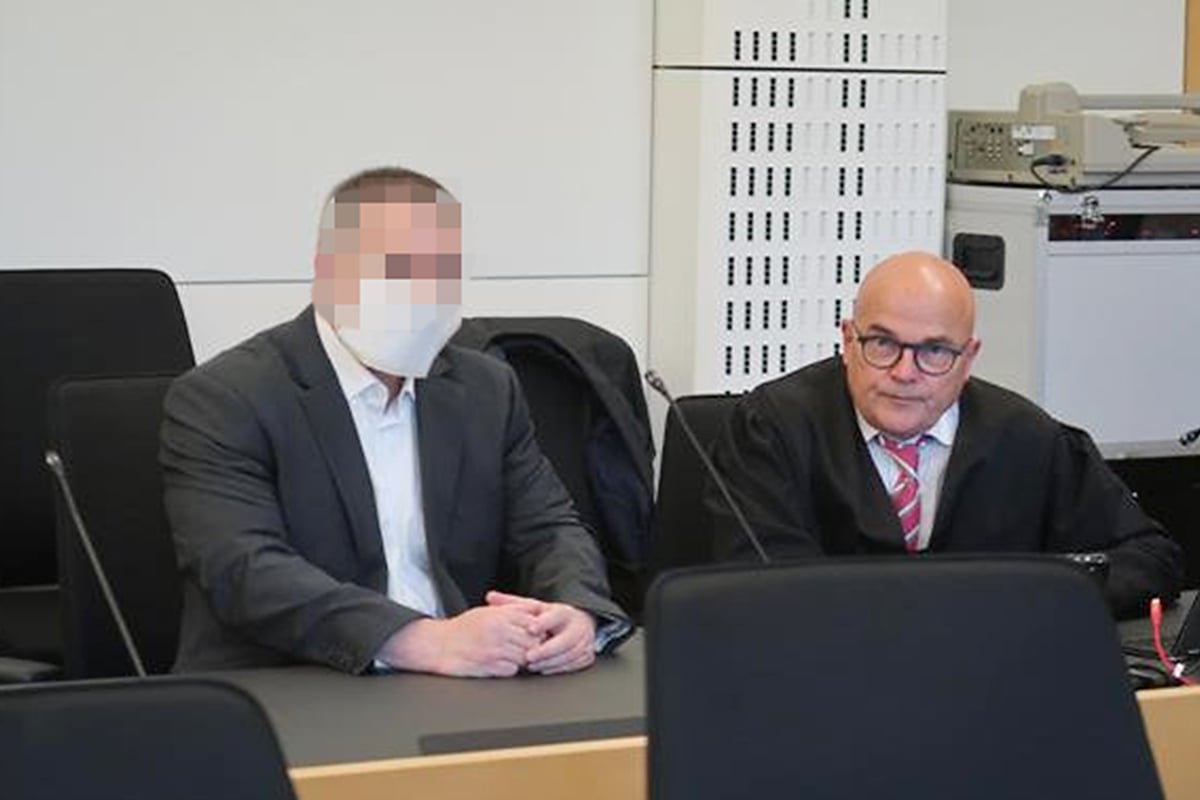On January 27th, 2021, CLEANTECH INFRASTRUKTURGESELLSCHAFT GMBH & CO. KG (CTI 20) published their annual financial statements for the 2019 financial year in the electronic Federal Gazette. The figures presented there match the current news from Thomas Lloyd regarding public limited partnerships. They are not without problems for investors, explains the Berlin lawyer Christian H. Röhlke.
“The limited partners’ capital collected by the fund company amounts to around EUR 50 million. As usual with such companies, various capital accounts are created and posted, whereby the respective balance of the capital accounts at the end of the investment period is then usually decisive for the amount of the repayment to the investors. The sum of the investors’ deposits was booked at Thomas Lloyd at EUR 50,000,001 in the so-called fixed capital account. However, the balance sheet also shows withdrawals from fixed capital at this level and a further 13 million withdrawals from profits. If this is netted with the other profits, there remains a withdrawal by the limited partners of EUR 5.6 million that is not covered by capital contributions and profits. According to the statutory regulation of Section 172 (4) HGB, this can lead to a revival of the limited partners’ liability in external relationships. Investors could then be held directly and directly liable for the liabilities of the fund company in the amount of the individually uncovered withdrawals from outside creditors, ”said Röhlke.
Resurgence of liability problematic
According to the rulings of the Federal Court of Justice, this resurgence of liability is a circumstance that requires clarification in the context of investment advice. Failure to clarify this can lead investors to a claim for damages against the investment broker. Should the fund company itself become insolvent, the insolvency administrator can even directly assert a claim for repayment by the insolvency administrator against the investors. In such a case, there is a risk of repayment. In fact, there is even an argument about bankruptcy law on the balance sheet. Because the limited partners’ withdrawals, which are not covered, raises the question of the company’s overindebtedness in the sense of insolvency law, which is negated in the annual financial statements with reference to the hidden reserves in fixed assets. However, these fixed assets are accounted for as financial assets at only EUR 0 and consist of the silent participation in THOMAS LLOYD CLEANTECH INFRASTRUCTURE HOLDING GMBH. Nevertheless, according to the annual financial statements, there are hidden reserves in the silent participation and an expected development in company value, so that CLEANTECH INFRASTRUKTURGESELLSCHAFT GMBH & CO. KG (CTI 20) should be excluded in the sense of insolvency law.
The investments of the holding company, in turn, are stated in the annual financial statements with the original investment value of approx. They essentially consist of biomass and solar power plants in the Philippines and India. However, as highlighted by the auditor in the annual financial statements, the holding company, in which CTI 20 has a silent participation, paid out just under EUR 4 million to CTI 20, which was not yet due at the time of payment. This advance payment was offset for 2019.
“Should such a set-off also take place for the coming years, a contractual distribution for the investors in CTI 20 KG could also be at risk. That is unpleasant for the investors’ individual liquidity planning, but at least it does not allow the external liability to continue. The annual financial statements were prepared on November 18, 2020 and are likely to be the main reason for the controversial fund splitting offer by the Thomas Lloyd Group, ”says lawyer Röhlke.
Negative capital accounts endanger final balances
According to the lawyer, the investors of the CTI 20 will face troubled times. Because the total capital accounts are currently at EUR -5.6 million. However, so that all investors at least get their deposits back at the end of the respective contract period, the balance of the capital accounts would have to be +50,000,000. This value can only be achieved if the fund company generates a corresponding profit over the next few years. Since the only asset is the silent participation in the investment holding company, and according to the information in the annual financial statements, it will probably not pay out any profits to the CTI 20 in the next few years at least, the capital accounts should not be replenished to the required amount in the medium term.
“Thomas Lloyd himself claims to have sold the fund by the end of 2012. Regardless of whether the damage is actually already recognizable for the investor, reference must be made to the knowledge-independent limitation period under civil law of 10 years from acceptance of the participation offer. Investors who want to receive possible claims for damages should consult a specialized lawyer within this ten-year period, so without further hesitation, in order to find out about their rights, ”says the lawyer.
–


![Tak Jae-hoon returns to the main MC after 2 years… ‘Oh my God, what are you doing’ sortie[공식] Tak Jae-hoon returns to the main MC after 2 years… ‘Oh my God, what are you doing’ sortie[공식]](http://image.sportsseoul.com/2021/01/28/news/2021012801001514200101971.jpg)